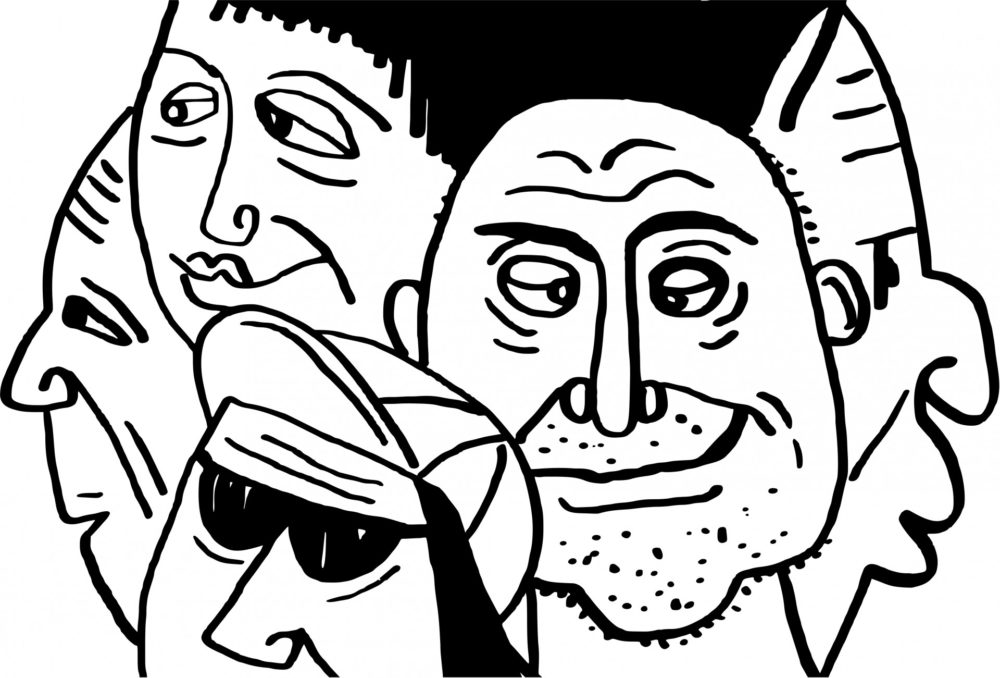Sexual fluidity means most people fall somewhere along the spectrum

We can’t be pinning labels on everyone.
Students at North Dakota State, in classes ranging from psychology to biology and even religion, will have been introduced to the ranging terminology meant to encapsulate the full spectrum of human sexuality. Much more prevalent are the everyday interactions individuals may have between friends or partners about their determined sexuality.
Most people approach the college experience with an understanding that it will be an important time not only for defining sexuality, but practicing that sexuality. Even the portion of the student body abstaining from sex, for religious or personal reasons, will find their time here as a useful starting point for defining what they want in a partner for the remainder of their life.
All that being said, it seems students have made it a practice to share their developing labels with others. Typically, most students seem to self-identify as heterosexual, homosexual or bisexual. However, most research suggests these three categories only scratch the surface of what sexuality could be.
The diversity of sexuality is much more complex than three labels, and while these can be useful as tools for discovering ourselves, it is essential to remember that not one of us is perfect and still not one of us is flawed.
First developed in the 1950s by author and scientist Alfred Kinsey, the Kinsey Scale is a research tool used to indicate where along a spectrum of sexuality, ranging from 100 percent heterosexual to 100 percent homosexual, a person lies. Since the 1950s, the scale has been continually updated to include newly defined sexualities, such as asexuality. Even with these changes, most social behavior scientists recognize the usefulness of the Kinsey Scale today.
For NDSU students, the findings from Kinsey’s research can be illuminating. Theoretically, the extremes of the Kinsey Scale call for one absolutely heterosexual human being and one absolutely homosexual human being, with every other person falling somewhere along a continuum.
Social practices such as recognizing if someone of the same or opposite sex is attractive and idealizing figures of the same or opposite sex can contribute to a person’s placement on the spectrum. Meaning, understanding that actor Ryan Reynolds is objectively attractive (which he most certainly is), regardless of your sex, will inevitably push you further from an absolute.
Understanding this concept could mean an abandonment of regressive ideas such as homophobia or transphobia. It is unlikely that any one student on campus is representative of an absolute. Each person falls at a different spot on the spectrum, and chastising people for their placement is both ill-conceived and pointless. The diversity of sexuality is much more complex than three labels, and while these can be useful as tools for discovering ourselves, it is essential to remember that not one of us is perfect and still not one of us is flawed.
